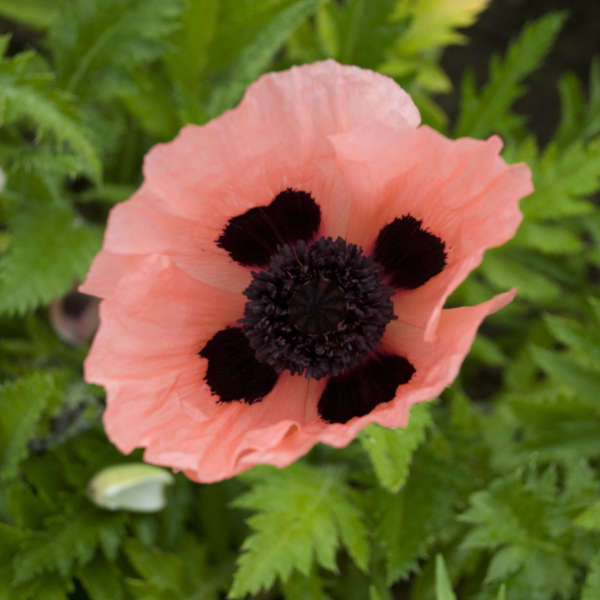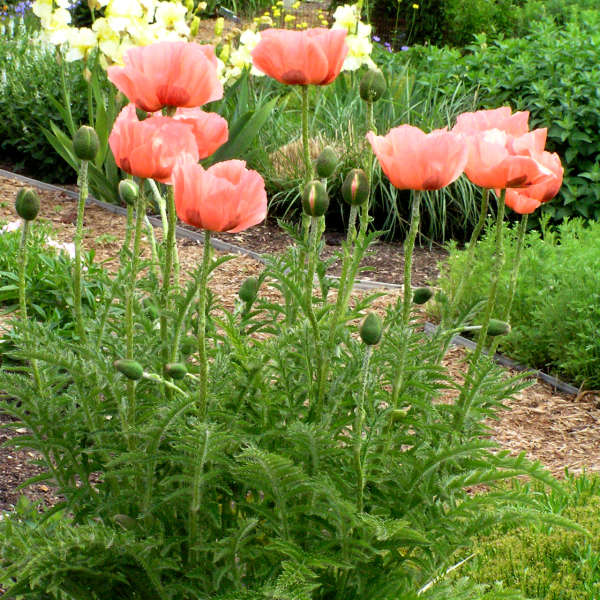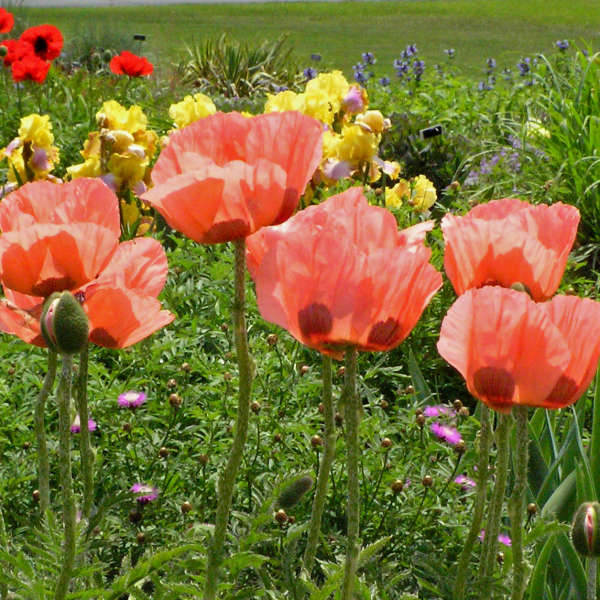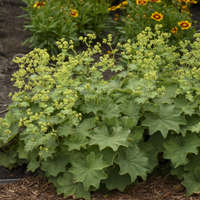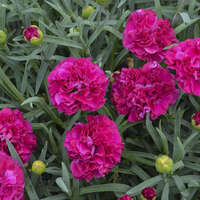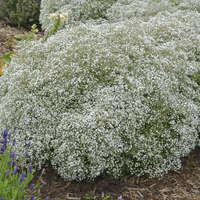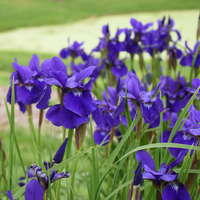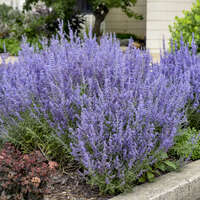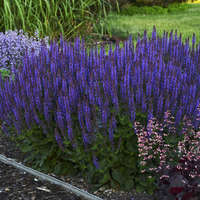Growing Temperature:
50-55° F days
55-60° F nights
Soil PH:
5.5-6.2
EC (What is EC?):
1.5-2.5 pour through method
Fertility:
Fertilize at every other irrigation with 75-100 ppm of 15-0-15. Height can be controlled by withholding fertilizer.
Vernalization:
Required for flowering. Provide 6-9 weeks of cold.
Pests & Diseases:
Aphids, caspid bugs, plant bugs, aster leafhopper, grape mealybug, northern root-knot nematode, thrips.
Bacterial blight (Xanthomonas), impatiens necrotic virus and others, leaf spots, Botrytis blight, powdery mildew (Erysiphe), root rots, smut (Entyloma), downy mildew (Peronospora), Verticillium wilt, anthracnose (Gleosporium).
Potting & Timing:
Provide moderate light intensity of 1,500-3,000 foot candles. Once plants are rooted in to the sides of the pot, allow them to wilt between irrigations for height control.
Moisture:
For potting soil use commercial planting media.
Maintain relatively dry conditions, allowing the medium to fully dry between irrigations. Always allow foliage to dry by nightfall to avoid disease.
Planting Level:
At soil level.
PGRs/Pinching:
Apply B-Nine at 2500 ppm 2 or 3 times at 7 day intervals.
Lighting:
Long days required for flowering.
Other Comments:
Good drainage and adequate winter protection against frost heaving are most important. Whether in a pot or in the landscape, make sure water never stands over the crown.
